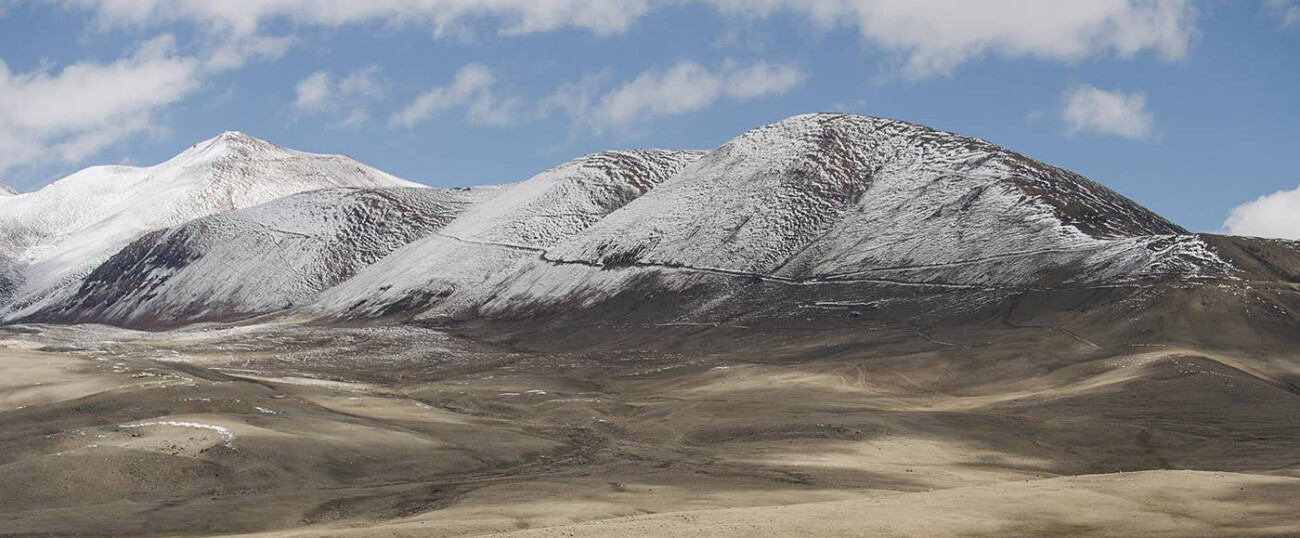

Growing up in Rabong (now known as Ravangla) during the fifties, stories were a vital part of our lives. Many soldiers had returned from the Second World War and we were enthralled by their stories of hardships and danger. Sometimes my uncle, who had been to the Middle East and Italy, took out a long cloth pouch and spilled its contents and we gazed wonderingly at foreign coins, and his medals and ribbons.
The aim of 'Sikkim Project: The Land and its People' is to highlight the physical beauty of the land and to explore how nature and its positioning played a significant role in the formation of identities of different communities, as well as their relationships with each other and the world beyond their borders. We seek to draw attention to the lives of people who are embedded in this land; their histories, their aspirations, their struggles and triumphs.
While this project began with the objective to produce a series of coffee table books on Sikkim, the idea has been to break the cliches of idyllic portraits and scenic beauty and to capture stories that are not often told. In an attempt to go deeper into the lives of people, their struggles and their dreams, we travelled to every part of Sikkim, met and interviewed countless people and listened to their stories. We complemented our conversations with research and readings.
Our journeys by road revealed the stark beauty of our land, as well as the devastation wrought by mega infrastructure projects. We witnessed the formation of Mantam Lake in the Upper Dzongu, where we were told seven turns of the road were submerged along with houses. We saw the opposite hillside scarred by the enormous landslide and the debris that had blocked the flowing water to form a huge lake. When we spoke to people in Chungthang, they narrated how the huge impact had created a terrifying noise as the earth shook and dust flew everywhere. Similarly, driving through the landscape of Lachung and Lachen, we witnessed huge devastation. The 4th October, 2023 glacier lake outburst (GLOF) was the worst nightmare that occurred exacerbated by the destruction of the largest dam in Chungthang. The tragedy unfolded all along the river crossing borders into Bengal and Bangladesh. The mighty Himalayas belie the extremely fragile land.
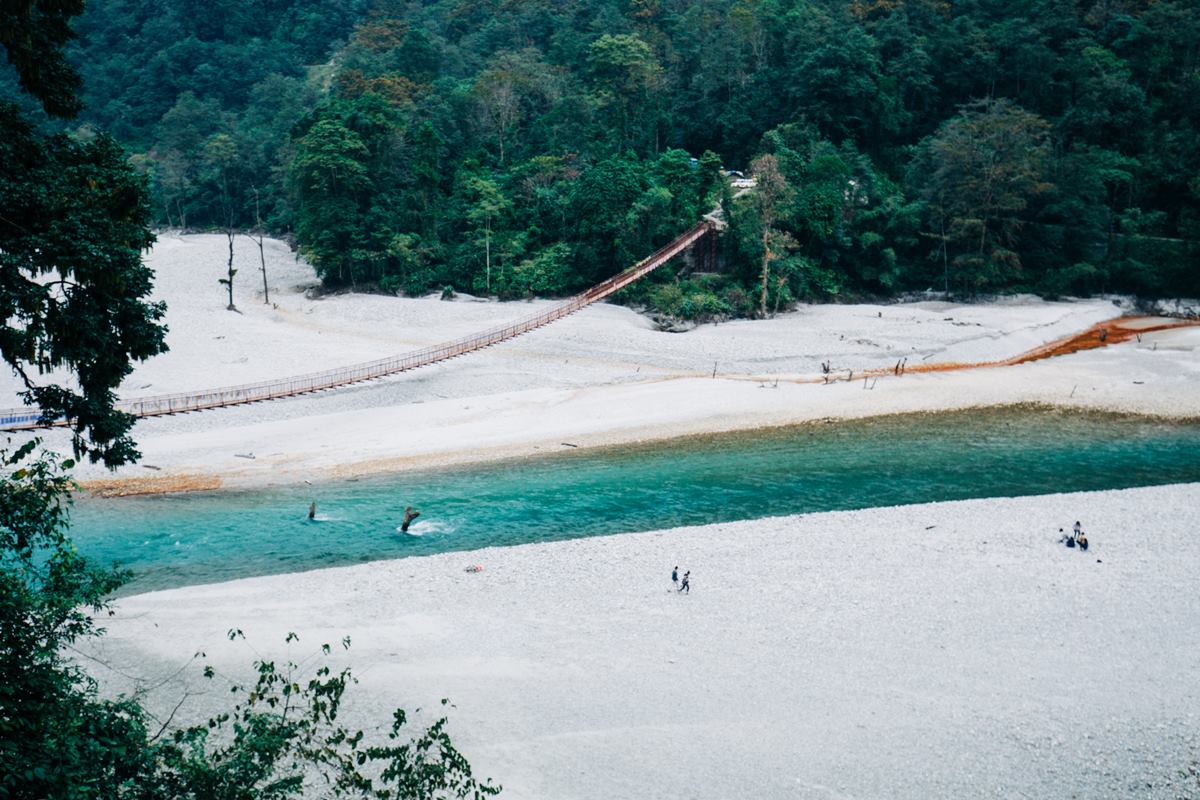
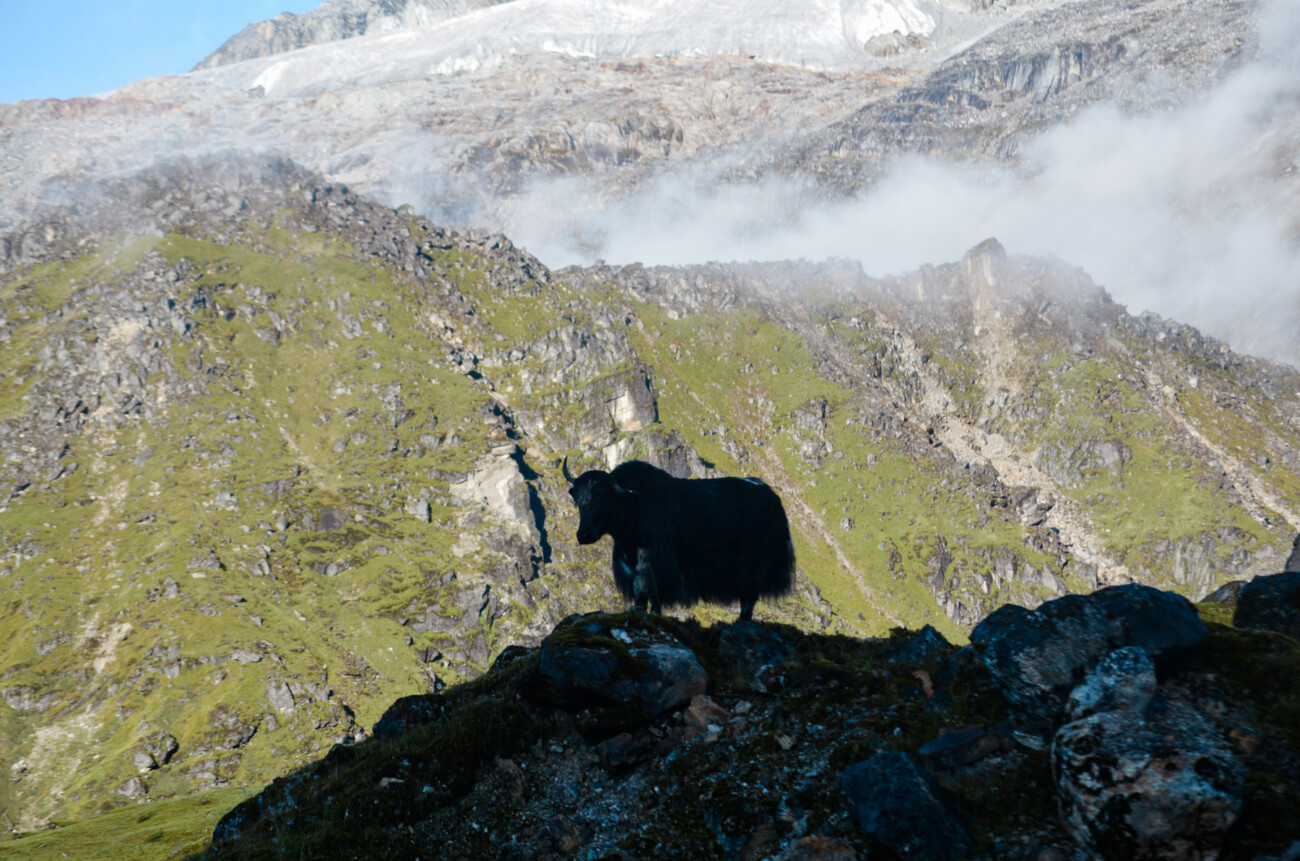
The Sikkim Project has expanded its area, carrying articles on the Darjeeling Himalayas (Kalimpong and Dooars). The new edition produces one article a month with contributors exploring our histories, culture, environment, and contemporary issues. We also have a monthly newsletter featuring the activities of the DG Reading Room Programme.
During our travels, stories happened serendipitously. Waiting for our host to join us I found myself chatting to Deomaya who told me the story of Srijunga. One night, while returning from Gangyap to Limchong, the incessant rain had resulted in a landslide and we could not move any further. When we decided to return to Yoksum to spend the night, we found that another landslide had blocked our road. Fortunately, we found a kind family who gave us shelter for the night and the next morning we were regaled by their stories which eventually found their way into our narrative.
The aim of Sikkim Project: The Land and its People is to highlight the physical beauty of the land and to explore how nature and its positioning played a significant role in the formation of identities of different communities, as well as their relationships with each other and the world beyond their borders. We seek to draw attention to the lives of people who are embedded in this land; their histories, their aspirations, their struggles and triumphs.
The decision to give the bi-lingual project (English and Nepali) an internet presence, is an appropriate choice. An online format, we hope, it will allow the project to grow beyond the two covers of a book. It will have the openness and the possibility, where more readers and contributors will find the space to express their views and share stories. The first edition of the website ended with the article "Legacy of a Brew: Temi Tea Garden", published on 25th of February 2022.
The Sikkim Project has expanded its area, carrying articles on the Darjeeling Himalayas (Kalimpong and Dooars). The new edition produces one article a month with contributors exploring our histories, culture, environment, and contemporary issues. We also have a monthly newsletter featuring the activities of the DG Reading Room Programme.
The website has seen some changes since its inception, in size of the team. Dr. Mona Chettri who joined us last year has been an incredible support, she has initiated the Reading Himalaya, an independent research and policy consultancy. Bibhusha Rai, a researcher from Darjeeling has joined as the Research and Editorial Support. Tika bhai a well know poet from Kalimpong is our translator. We are looking forward to bringing out more articles and visuals in the coming months. We also urge our readers to contribute and transform the website as an inclusive and participatory project.
-Prava Rai
Director- Sikkim Project: The Land And Its People & Dumigaon Reading Room Resource and Education Foundation (DGRRREF)
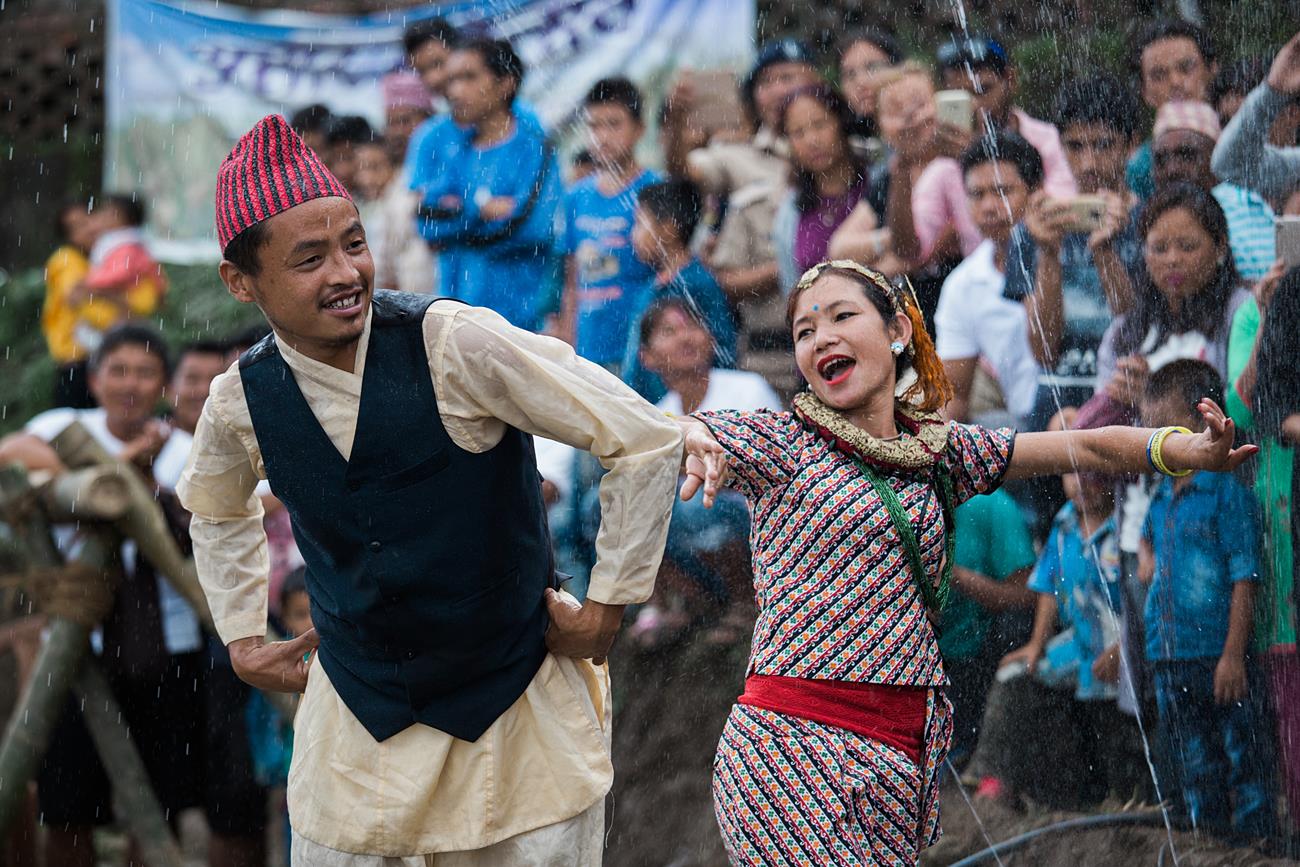
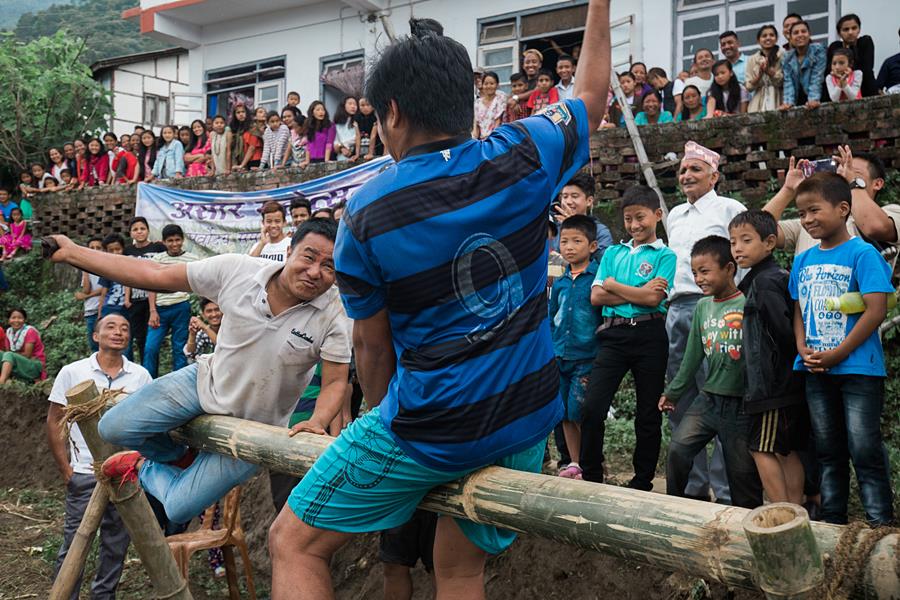


Designed by NWD.